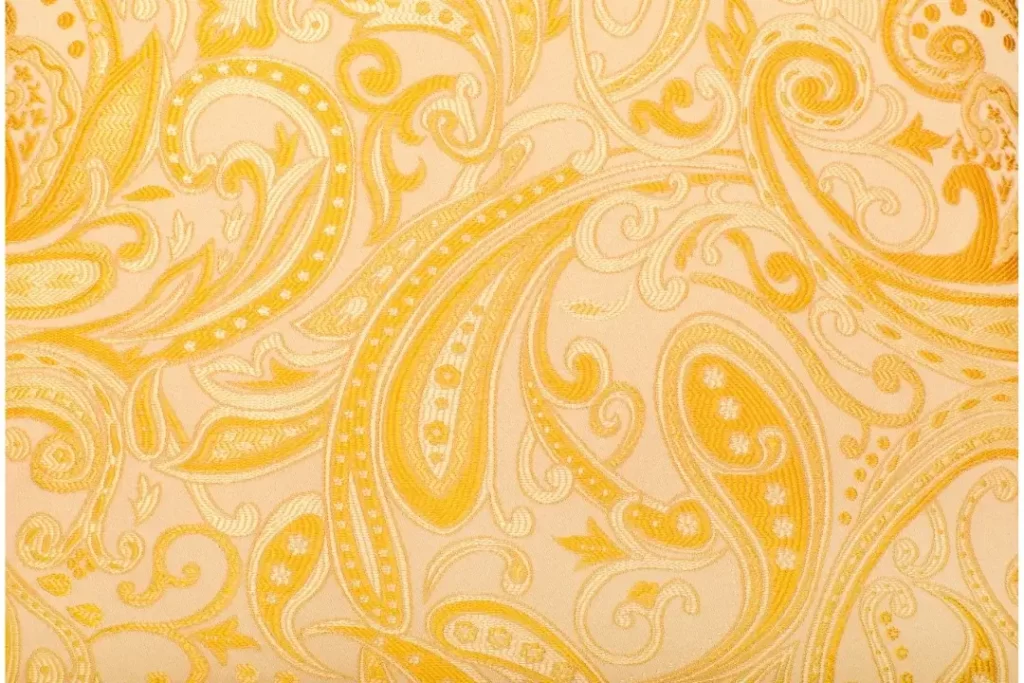
Why Clothing Brands Fail
Top Different Types of Shirts for Women and Men Top Different Types of Shirts for
Find out How fabric is really Made? An In-depth Guide revealing the fascinating process of fabric Making in textile Industries, from cotton weaving to printed patterns and more
From the clothes we wear every day to the furnishings we have in our homes, fabric has become an essential part of our daily lives. Despite this ubiquitous presence, many people may not be aware of the complex processes that go into making various types of fabric. So. you may be wondering How is cloth made or what is the process behind cloth making fabric? To solve all of your confusion, In this blog post, we will explore the world of the fabric-making process, outlining the many methods utilized and providing a clear understanding of how your favorite textiles are created.
Cotton, one of the most popular and widely-used fabrics in the world, starts as small fluffy fibers surrounding the seeds of the cotton plant. The process of transforming these fibers into wearable fabric involves several intricate steps. Let’s explore the cotton fabric production process in detail.

Before the fibers can be spun into yarn, they must be harvested and cleaned from any dirt or impurities. Typically, machines strip the cotton fibers from their seeds and collect the mass of raw cotton. The cleaning process, called ginning, then removes any remaining debris and seeds, ensuring that only the purest fibers remain.
The cleaned cotton fibers are carded and combed to separate and align the individual fibers in preparation for spinning. After aligning, the fibers are drawn and twisted into yarn using a spinning machine, giving the yarn its desired strength and thickness.
The fabric blend or blended fabrics are made by combining two or more different types of fibers to achieve specific desired characteristics, such as durability, softness, or wrinkle resistance. Some of the common types of blended fabrics that are widely used are polyester-cotton, silk-cotton, or wool-cashmere. Here’s a general overview of the blending process:

The individual fibers used in the blend are carefully chosen based on their inherent properties, allowing for a perfect balance of texture, durability, and comfort.
Once the desired fibers are selected, they are blended together during the yarn production stage. This often involves carding – wherein the fibers are mixed through rotating cylinders with short wires – and then combing the fibers to ensure even distribution. The resulting blend is then spun into yarn.
The process of knitted fabric making is done by interlocking loops of yarn together to form a cohesive fabric structure. The two major styles of knitting are the weft and warp knitting, each creating unique fabric characteristics. Here are the steps involved in knitting fabrics:
Knitted fabrics can be machine-produced or hand-knitted. In a knitting machine, each needle moves precisely to create perfectly looped patterns. To begin, the yarn is first wound onto the Machine’s bobbin, which will feed it during knitting.
Knitted fabrics can be machine-produced or hand-knitted. In a knitting machine, each needle moves precisely to create perfectly looped patterns. To begin, the yarn is first wound onto the Machine’s bobbin, which will feed it during knitting.
Upon completion of knitting, the fabric must be examined for any imperfections. It is then subjected to additional treatments, such as washing or blocking, to enhance the softness, appearance, and stability of the knitted fabric.
Upon completion of knitting, the fabric must be examined for any imperfections. It is then subjected to additional treatments, such as washing or blocking, to enhance the softness, appearance, and stability of the knitted fabric.
Patterned fabrics are an artistic expression that can significantly upgrade the look of clothing or home furnishings. Intricate designs or complex patterns are printed or woven into fabrics to give them a unique and appealing look. Let’s discover the different ways patterns are made on fabrics.

In woven patterned fabrics, the design is directly incorporated during the weaving process. The desired pattern is set up on the loom using different colored yarns or different weaving techniques, such as jacquard, twill, or satin weaves. As the loom operates, the pattern emerges, forming an integral part of the fabric structure.
Printed fabrics are created by applying ink or dye to a fabric surface. There are various printing techniques, such as block printing, screen printing, and digital printing, each offering distinct advantages and design possibilities. After printing, the fabric is subjected to treatments that ensure the colorfastness and durability of the design.
Fabric printing is an art form that transforms plain fabric into eye-catching textile designs. From florals to geometric patterns or abstract motifs, printing allows for unlimited creativity in fabric appearance. If you want to learn more about fabric printing.

The fabric must be washed and prepared prior to printing, removing any dirt, grease, or chemicals and ensuring a clean surface for the design application. It may also be treated with a fabric sealer, improving print adherence and longevity.
The design is chosen or created according to desired aesthetics and the type of fabric being used. Next, a suitable printing technique is selected based on design complexity, fabric materials, and the intended end-use of the fabric. Common techniques include block printing, screen printing, and digital printing. Each technique offers distinct advantages and design possibilities.
In woven patterned fabrics, the design is directly incorporated during the weaving process. The desired pattern is set up on the loom using different colored yarns or different weaving techniques, such as jacquard, twill, or satin weaves. As the loom operates, the pattern emerges, forming an integral part of the fabric structure.
Once the printing process is complete, additional treatments, like heat setting or steaming, may be required. These treatments help to set the ink or dye, ensuring the colorfastness and durability of the design.
With the design applied and treated, the fabric is thoroughly inspected for any flaws or inconsistencies in the print quality. It may also undergo further finishing processes, such as softening or shrinkage prevention, to enhance the fabric’s overall quality and functionality.
In conclusion, The fabric-making process encompasses a fascinating range of techniques and processes, from sourcing raw materials to various methods for creating unique designs and finishes. From cotton cultivation and blended fabric creation to knitted and patterned fabrics, each stage of production requires meticulous attention to detail and careful execution. Next time you wear your favorite outfit or cozy up with a soft blanket, take a moment to consider the wealth of knowledge and innovation that goes into fabric creation and appreciate the myriad of processes brought together to create the vivid textiles that enrich our everyday lives.
Natural fibers are usually made using natural elements like plants, animals or minerals like cotton, linen, wool, or silk. Synthetic fibers are man-made, or, you can say, machines made; they are made using chemical processes and include materials such as polyester, nylon, and rayon.
Knitted fabrics are produced by interlocking loops of yarn using knitting needles or knitting machines, resulting in a stretchy and flexible material. Woven fabrics are produced by interlacing two sets of yarn (warp and weft) on a loom, creating a more stable and structured material.
You can assess a fabric’s suitability through factors like fiber content, weight, weave, and drape. A fabric like heavy cotton canvas, being sturdy and durable, is suitable for upholstery, whereas lightweight and breathable fabrics like linen or chiffon are more appropriate for apparel.
Pre-washing helps remove dirt, grease, and chemicals from the fabric, ensuring a clean surface for the design application.
Expert Custom Clothing Manufcaturer

Top Different Types of Shirts for Women and Men Top Different Types of Shirts for

What You Must Know About Clothing Samples? Before You Produce a Single Garment: What You

How Much Does It Cost To Make a Hoodie A Complete Cost Breakdown for Custom

Discover the Types of Buttons Discover the Types of Buttons That Transform Style and Functionality
Most Recent Posts
Expert Custom Clothing Manufcaturer
Join our Mailing list!
Get all latest news, exclusive deals and updates.